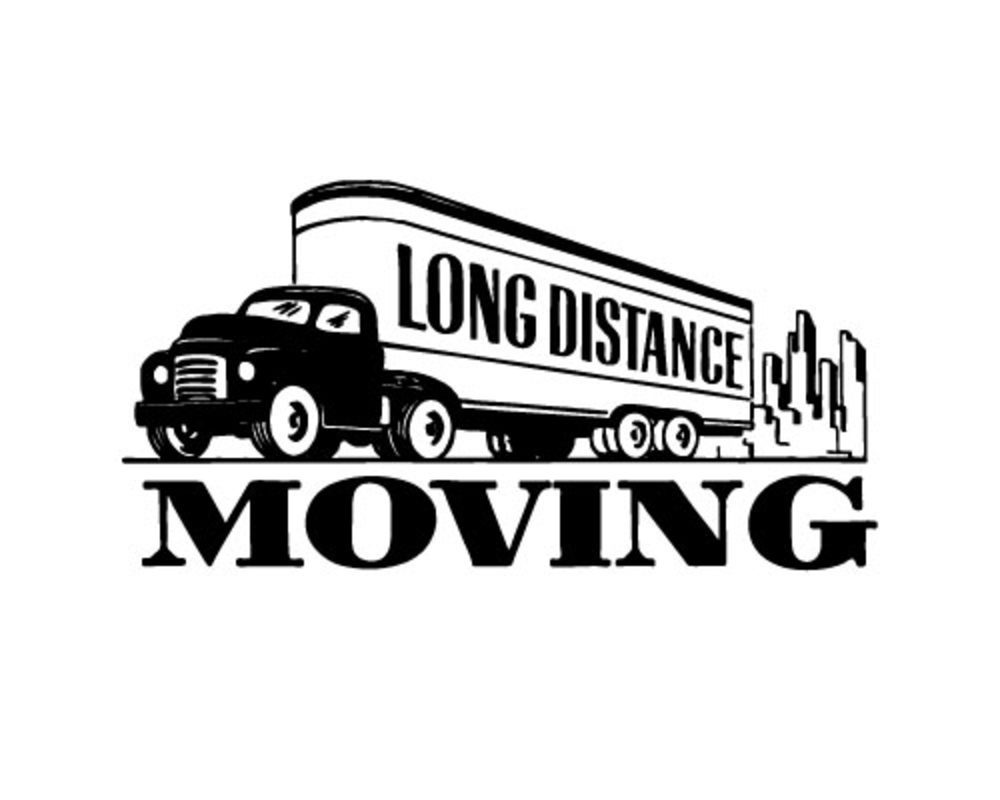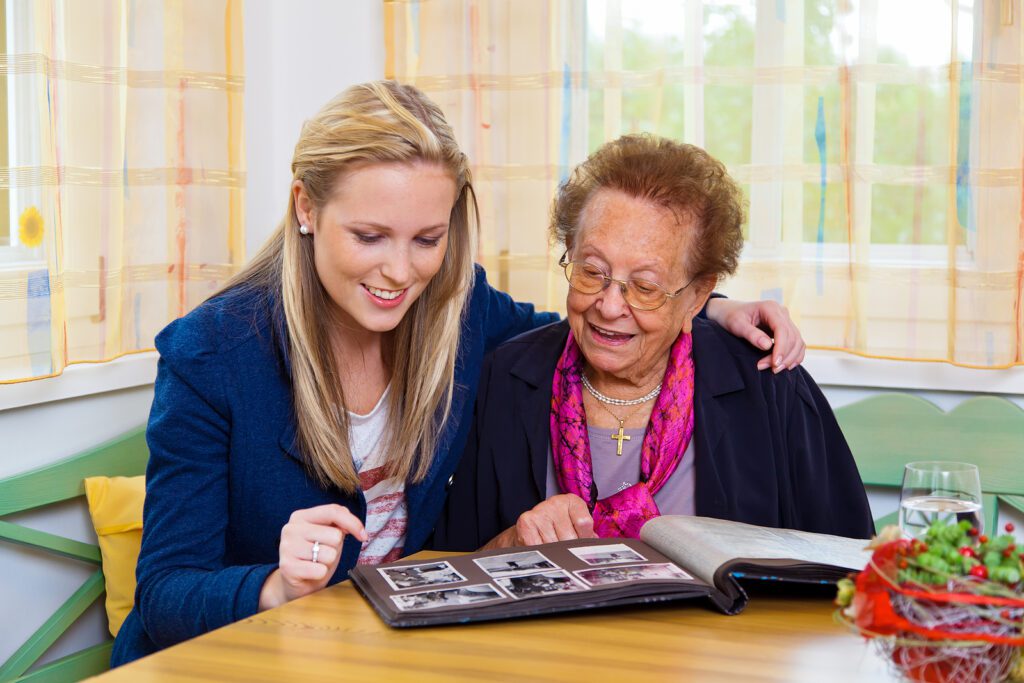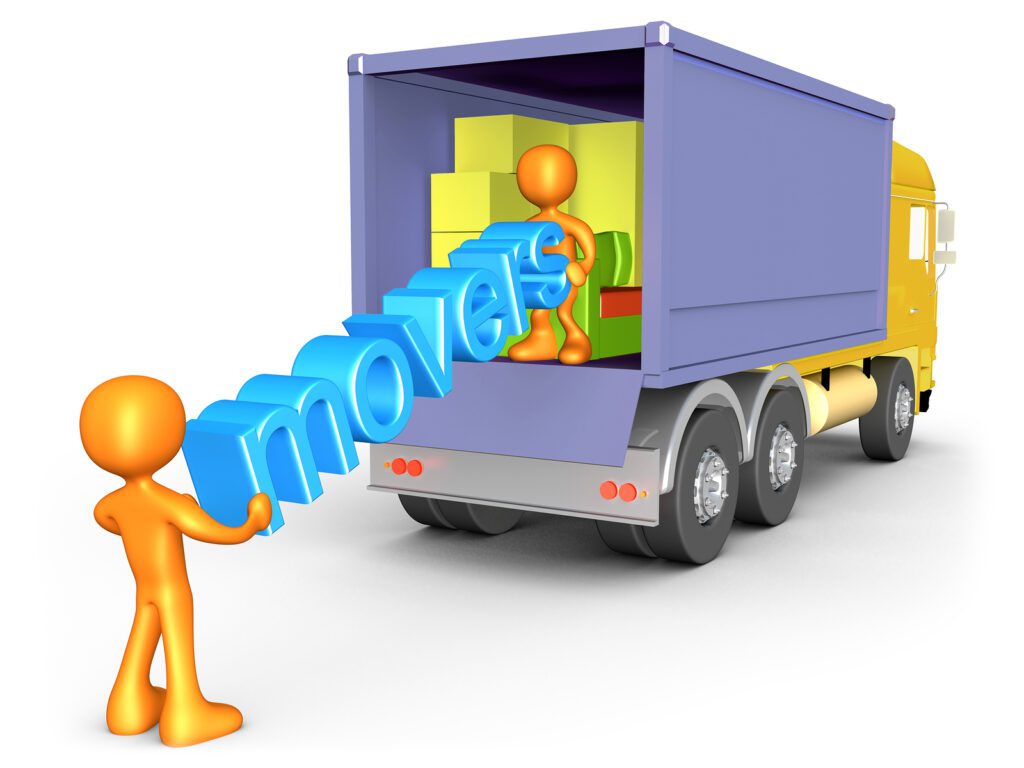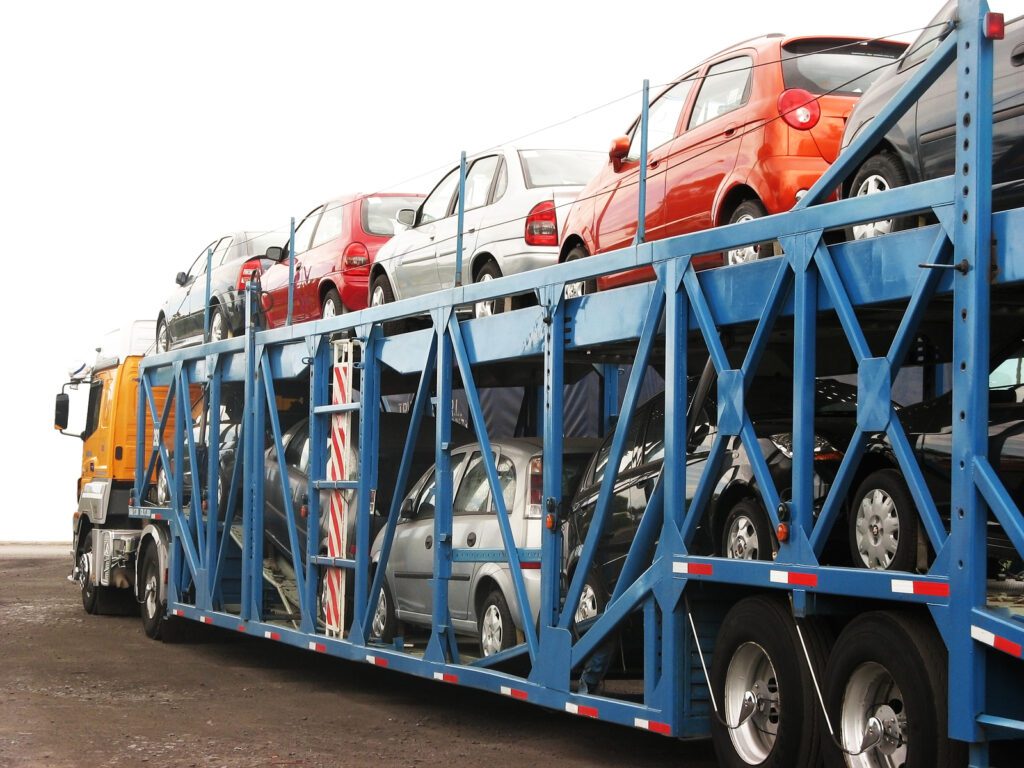How Seniors Can Simplify Downsizing for a Long-Distance Move

Are you planning a downsizing move? Making hard decisions about what to take out of a house full of cherished memories is bad enough, but what if you’re also moving long-distance? That aspect alone brings unique challenges to consider when creating any transition plan.
What can you, or a loved one who’s downsizing, do to reduce the stress and overwhelm of this type of move? Here are 6 tips that can help:

1. Start Early and Plan Ahead
Downsizing requires a lot of detail management and planning, so it’s important to start early. Begin by creating a plan with a realistic timeline. Many of my senior clients thought they could plan, purge, dispose, and pack for a move within only a few months. They quickly found themselves on the panicked side because the process was slower and more labor-intensive than expected.
It’s also important to have a clear strategy on which rooms or items you want to tackle first and how you’ll manage the process step by step. This reduces stress and gives you more time to make thoughtful decisions.

2. Prioritize Sentimental and Essential Items
As you sort through your belongings, focus on only keeping items that are the most meaningful or useful. There’s a tendency to immediately think everything is important. Take a deep breath and step away from the emotions long enough to identify what you’ll truly need in your new home.
Downsizing usually means going to smaller quarters, so it’s critical to start by letting go of things that don’t fit your current lifestyle or new space. Nothing makes a smaller space feel claustrophobic than bringing too much stuff that can appropriately fit into a space. Items that have been buried deep in closets or garage boxes for years should be at the top of the purge list. Clothing that hasn’t been worn since retiring from a career or is several sizes too small or large is another.

3. Use Technology to Preserve Memories
For sentimental items like photos, letters, or keepsakes, consider digitizing them. Scanning pictures or important documents can help you preserve memories without requiring transporting bulky items. This can also make it easier to share with family members. Make it more fun by making it a family project. Don’t consider yourself to be a digital expert? Don’t worry, there are plenty of digital services available to help or ask for help from one of your “digital pro” kids or grandchildren.

4. Donate, Sell, or Gift Unneeded Items
Instead of trying to move everything, donate or gift items to family, friends, or charitable organizations. Many seniors find it fulfilling to pass on heirlooms or meaningful possessions to loved ones, but this isn’t always possible as younger generations live more minimally. Also, if family members don’t live close by it can get cumbersome and more expensive to send the items than they’re worth.
More opportunities exist now though for selling unwanted items than ever before. Online marketplaces, local consignment stores, auctions, and many other resources are available for every type of item you want to sell. For more on this topic, check out my easy, online video guide/mini-course “Letting Go of Life’s Treasures: A Downsizing Guide to Purging and Disposal” by clicking here. Because moving costs are expensive, especially long-distance, it’s critical to lighten your load for the move as much as possible.

5. Hire Professional Help for Organizing, Packing and Moving
Long-distance moves can be physically and emotionally exhausting, so I strongly recommend hiring specialty professionals to help with pre-move organizing, packing, and transporting your belongings. Look for moving companies, senior downsizing specialists, and home organizers who are experienced in working with seniors to streamline the process. Long-distance moving companies are required to be licensed by the Department of Transportation (DOT) for interstate moving to avoid being exposed to scams. The DOT also has stringent insurance, equipment maintenance, and other guidelines movers must follow.

6. Utilize Specialty Shipping Services
Movers who ship long-distance go by the weight of a shipment, not hourly as local movers do. They also have regulations as to how small a shipment they’ll take. This is usually 2,500 pounds or higher. This policy can vary by mover, but if you only have a few pieces of furniture to ship, consider using a mover who offers specialized shipping services for small shipments. Companies like Sterling Van Lines will accept loads as low as 400 pounds being shipped from state to state within the 48 continental U.S.
Do you need a piano or an antique shipped from California to Florida? They can do it. To learn more, go to sterlingvanlines.com. Have a car you want to ship? Movers now typically refer clients to independent car carrier services instead of loading them on their vans. There are many options out there depending on your location. Just do a quick Internet search, then check the Better Business Bureau and online reviews to find the best quality service.
Creating a realistic plan with solid downsizing, organizing, and mover resources at your disposal can make all the difference in reducing the stress and overwhelm of a downsizing and long-distance move. Not sure of the timeline? Don’t wait! Start now! Life can sometimes get in the way of the best-laid plans. You’ll be happy you did!
Deborah

Need help planning for a downsizing move to a retirement community? Get the step-by-step guide “Tips and Strategies for a Stress-Free Retirement Community Move” at the Downsizing Institute by clicking here or check out all the other great Downsizing Made Simpler courses at The Downsizing Institute.
